Computer
A computer is not an acronym and sometimes abbreviated as ‘’comp’’ or ‘’ puter ’’.The term ‘’computer’’ was originally given to humans who performed numerical calculations using mechanical calculators, such as the abacus and slide rule. The term was late given to a mechanical device as they began replacing the human computers. Today’s computers are electronic devices that accept data, process that data, produce output, and store the results.
Computers are used as control systems for a wide variety of industrial and consumer devices. This includes simple special purpose devices like microwave ovens and remote controls, factory devices such as industrial robots and computer-aided design, and also general purpose devices like personal computers and mobile devices such as smartphones.
Early computers were only conceived as calculating devices. Since ancient times, simple manual devices like the abacus aided people in doing calculations. Early in the Industrial Revolution, some mechanical devices were built to automate long tedious tasks, such as guiding patterns for looms. More sophisticated electrical machines did specialized analog calculations in the early 20th century. The first digital electronic calculating machines were developed during World War II. The speed, power, and versatility of computers have been increasing dramatically ever since then.
Conventionally, a modern computer consists of at least one processing element, typically a central processing unit (CPU), and some form of memory. The processing element carries out arithmetic and logical operations, and a sequencing and control unit can change the order of operations in response to stored information. Peripheral devices include input devices (keyboards, mice, joystick, etc.), output devices (monitor screens, printers, etc.), and input/output devices that perform both functions (e.g., the 2000s-era touchscreen). Peripheral devices allow information to be retrieved from an external source and they enable the result of operations to be saved and retrieved.
How are computers used today?
Today, computers make jobs that used to be complicated much simpler. For example, you can write a letter in a word processor, edit it anytime, spell check, print copies, and send it to someone across the world in a matter of seconds. All of these activities would have taken someone days, if not months, to do before. Also, these examples are just a small fraction of what computers can do.
History of the computer
The first digital computer and what most people think of as a computer was called the ENIAC, built during World War II (1943-1946) and were designed to help automate the calculations being done by human computers. By doing these calculations on a computer they could be done much faster and with fewer errors.
Early computers like the ENIAC used vacuum tubes and were large (sometimes room size) and only found in businesses, Universities, or governments. Later, computers began utilizing transistors as well as smaller and cheaper parts that allowed the ordinary person to own a computer.
Modern computers
Concept of modern computer. The principle of the modern computer was proposed by Alan Turing in his seminal 1936 paper, On Computable Numbers. Turing proposed a simple device that he called "Universal Computing machine" and that is now known as a universal Turing machine. He proved that such a machine is capable of computing anything that is computable by executing instructions (program) stored on tape, allowing the machine to be programmable. The fundamental concept of Turing's design is the stored program, where all the instructions for computing are stored in memory. Von Neumann acknowledged that the central concept of the modern computer was due to this paper. Turing machines are to this day a central object of study in theory of computation. Except for the limitations imposed by their finite memory stores, modern computers are said to be Turing-complete, which is to say, they have algorithm execution capability equivalent to a universal Turing machine.
Stored programs
A section of the Manchester Baby, the first electronic stored-program computer
Early computing machines had fixed programs. Changing its function required the re-wiring and re-structuring of the machine.With the proposal of the stored-program computer this changed. A stored-program computer includes by design an instruction set and can store in memory a set of instructions (a program) that details the computation. The theoretical basis for the stored-program computer was laid by Alan Turing in his 1936 paper. In 1945, Turing joined the National Physical Laboratory and began work on developing an electronic stored-program digital computer. His 1945 report "Proposed Electronic Calculator" was the first specification for such a device. John von Neumann at the University of Pennsylvania also circulated his First Draft of a Report on the EDVAC in 1945.
The Manchester Baby was the world's first stored-program computer. It was built at the Victoria University of Manchester by Frederic C. Williams, Tom Kilburn and Geoff Tootill, and ran its first program on 21 June 1948. It was designed as a testbed for the Williams tube, the first random-access digital storage device. Although the computer was considered "small and primitive" by the standards of its time, it was the first working machine to contain all of the elements essential to a modern electronic computer. As soon as the Baby had demonstrated the feasibility of its design, a project was initiated at the university to develop it into a more usable computer, the Manchester Mark 1.
The Mark 1 in turn quickly became the prototype for the Ferranti Mark 1, the world's first commercially available general-purpose computer. Built by Ferranti, it was delivered to the University of Manchester in February 1951. At least seven of these later machines were delivered between 1953 and 1957, one of them to Shell labs in Amsterdam. In October 1947, the directors of British catering company J. Lyons & Company decided to take an active role in promoting the commercial development of computers. The LEO I computer became operational in April 1951 and ran the world's first regular routine office computer job.

 Получите свидетельство
Получите свидетельство Вход
Вход



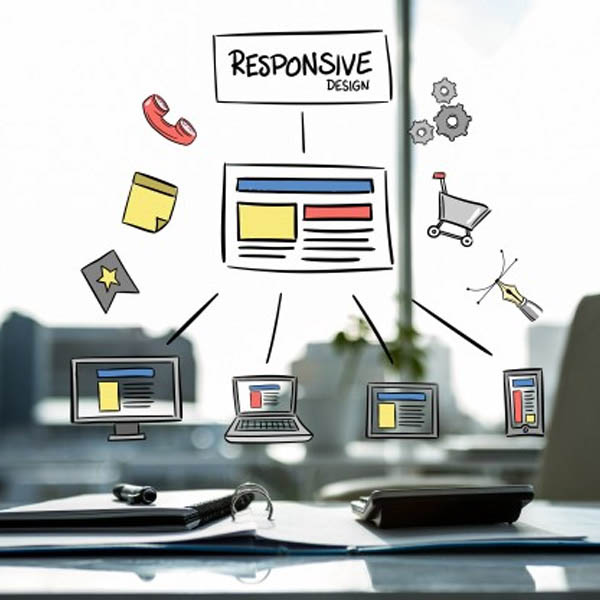

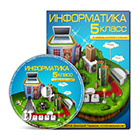
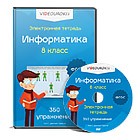
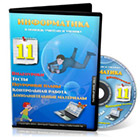

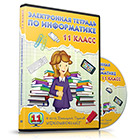
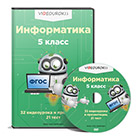
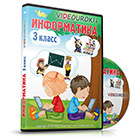
 Computer are used as control systems (17.52 KB)
Computer are used as control systems (17.52 KB)
 0
0 663
663 1
1 Нравится
0
Нравится
0


